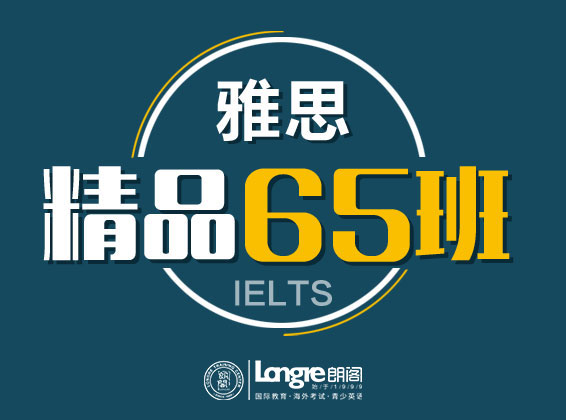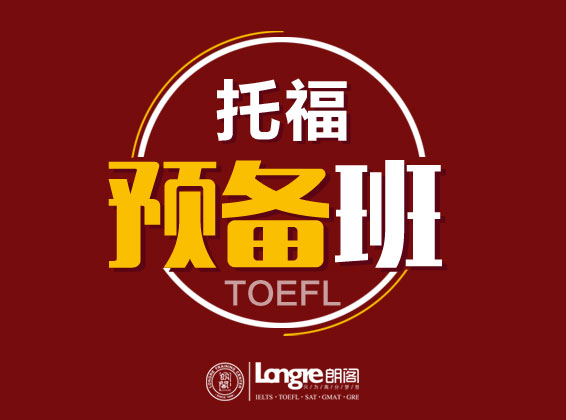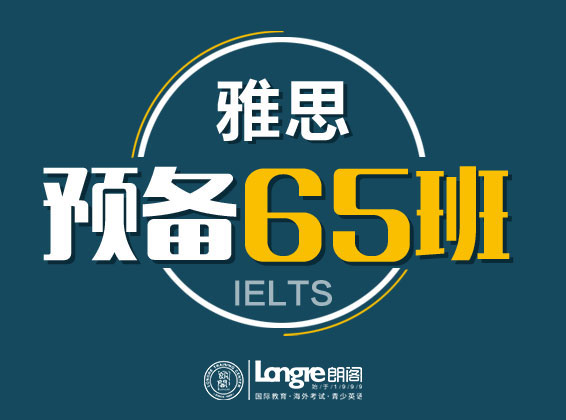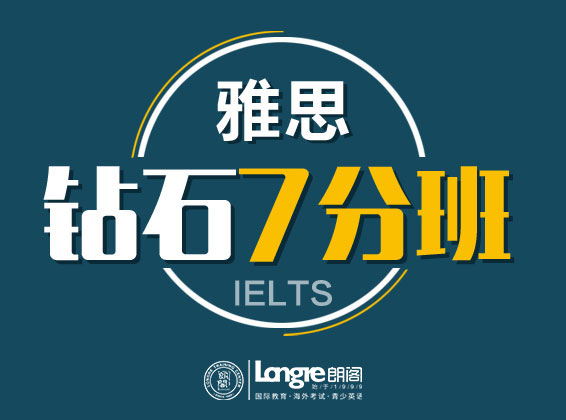|
TN-16-Q11 Criminologist: Some legislators advocate mandating a sentence of life in prison for anyone who, having twice served sentences for serious crimes, is subsequently convicted of a third serious crime. These legislators argue that such a policy would reduce crime dramatically, since it would take people with a proven tendency to commit crimes off the streets permanently. What this reasoning overlooks, however, is that people old enough to have served two prison sentences for serious crimes rarely commit more than one subsequent crime. Filling our prisons with such individuals would have exactly the opposite of the desired effect, since it would limit our ability to incarcerate younger criminals, who commit a far greater proportion of serious crimes. In the argument as a whole, the two boldfaced portions play which of the following roles? 先梳理题目: (1)一些立法者觉得应该让那些两次犯重罪,随后又犯重罪的罪犯终身监禁,他们认为这样可以显著减少犯罪(个黑体部分),因为这可以使那些有犯罪倾向的人永远远离街市。 (2)这个观点忽略了这样的情况:那些在监狱待了两期重判的家伙已经老得几乎不能再次犯罪,让这些人待在监狱里会削弱监狱收治年轻罪犯的能力,而年轻罪犯犯下重罪的比率要大得多了。 结论:让那些老得几乎无法犯罪的家伙充斥监狱可能会收到与立法者的期望恰得其反的效果(第二个黑体部分)。 这里我再标注一下(Statement 原因 结论 标志词): Criminologist: Some legislators advocate mandating a sentence of life in prison for anyone who, having twice served sentences for serious crimes, is subsequently convicted of a third serious crime. These legislators argue that such a policy would reduce crime dramatically, since it would take people with a proven tendency to commit crimes off the streets permanently. What this reasoning overlooks, however, is that people old enough to have served two prison sentences for serious crimes rarely commit more than one subsequent crime. Filling our prisons with such individuals would have exactly the opposite of the desired effect, since it would limit our ability to incarcerate younger criminals, who commit a far greater proportion of serious crimes. 因此,本题的结构是:立法者提出观点---立法者的结论----立法者的理由---作者对立法者的观点提出反对----作者的结论---作者的理由。因 此我们很容易得出个黑体部分是立法者的结论,也就是这个argument要反对的结论;第二个黑体部分是这个argument的主要结论。将这个逻辑 链条梳理出来之后,我们可以发现正确答案为B。 A. The first is a conclusion that the argument as a whole seeks to refute; the second is a claim that has been advanced in support of that conclusion. B. The first is a conclusion that the argument as a whole seeks to refute; the second is the main conclusion of the argument. C. The first is the main conclusion of the argument; the second is an objection that has been raised against that conclusion. D. The first is the main conclusion of the argument; the second is a prediction made on the basis of that conclusion. E. The first is a generalization about the likely effect of a policy under consideration in the argument; the second points out a group of exceptional cases to which that generalization does not apply. (责任编辑:admin) |
文中图片素材来源网络,如有侵权请联系删除







